We must protect the environment that we depend on for our survival. Using biodegradable products is one of the effective measures to protect the environment today. Products made from these biodegradable materials not only reduce pollution. It can also provide us with a positive brand reputation. Next, I will give you the definition of biodegradable and the reasons for using it. Also, I have found six options that can replace traditional PVC cards. It will help you find your favorite card.
Biodegradable Definition
Biodegradability usually refers to the ability of a substance to decay in an environmentally sound manner. We can call these biodegradable products “green products.” These substances allow microorganisms such as bacteria or fungi to decompose them. The process of decomposition does not pose any threat to nature. The natural environment can also absorb the decomposed elements.
Biodegradable materials are ideal for sustainable development. You can convert these products from biodegradable materials into natural ones after disposal. These natural materials include water, carbon dioxide, and composite materials.
Biodegradable products are usually made from natural, renewable resources, such as plant materials or recycled products. They are alternatives to conventional, non-biodegradable products made from synthetic, non-renewable materials.
Why Should We Use Biodegradable Products?
Conventional plastics made from petroleum-based materials have caused great harm to the environment. Products made from these plastics have brought great convenience to our lives. However, this comes at a cost – our environment is being harmed. That’s why using biodegradable products is so urgent and vital to us. Here are some of the benefits of biodegradable products
Biodegradable Products can Reduces Pollution
These biodegradable products break down naturally when buried in the soil. The soil and other natural components will break them down and absorb them. This natural process means we don’t need to force chemistry on it to start. And the elements produced by their decomposition are friendly to the natural environment. Therefore pollution is reduced in parallel.
Reducing Waste in Landfills
One of the major benefits of biodegradable products is that they can help reduce the amount of waste in landfills. Non-biodegradable products, such as plastic bottles and bags, take hundreds of years to break down, and they can contribute to the increasing amount of trash accumulating in landfills. On the other hand, biodegradable products can be broken down naturally, helping to reduce the amount of waste that ends up in landfills and minimizing the impact on the environment.
Reduction of Harmful Substances
Conventional plastic products produce many harmful substances during the decomposition process. These pollutants, such as methane and BPA, can harm the environment and health. Eco-friendly products made from biopolymer materials, on the other hand, do not contain these chemicals. They undergo biodegradation with no impact on our environment or health. Biodegradable products can effectively reduce the release of these harmful substances.
Improved Food Safety
These biodegradable products are made from natural substances. They do not contain any harmful chemicals. They also do not pose any risk to the intended user. They are the most practical and environmentally friendly food and beverage packaging option.
Lower Production Costs
Most biodegradable materials are sustainable and reusable. You can recycle cards made from these environmentally friendly materials many times over. Often these recycled materials are very inexpensive. Reuse your inventory and buy cheap recycled materials to make your latest products. Over time, you will also see your production costs decrease. Isn’t that a good thing?
Promoting Biodiversity
The production of biodegradable products often requires less land and water than traditional synthetic materials. This means that using biodegradable products can help preserve natural habitats and promote biodiversity. For example, the production of paper, a common biodegradable product, requires less land than plastic production. This means that using paper instead of plastic can help protect natural habitats and the plants and animals that live there.
Improving soil Health
Biodegradable products can also have positive effects on soil health. When biodegradable products break down, they release nutrients into the soil, which can help improve soil fertility and encourage the growth of plants. This is particularly important in agriculture, where using biodegradable products can help reduce the need for synthetic fertilizers and pesticides, which can negatively affect soil health.
Brand Friendly
Biodegradable products have a positive impact on your company. You can take advantage of these biodegradable products’ sustainable reputation and environmental philosophy. They can help you easily stand out from your peers. The far-famed Coca-Cola Company currently uses products made from biodegradable materials as well.
According to research, consumers who buy products consider whether they threaten the environment. Two-thirds of consumers say they will not buy products that are harmful to the environment. It is another indication of the importance of biodegradable products for businesses.
Examples of Biodegradable Products
Environmental protection is the mainstay of today’s product market. Products made from biodegradable materials are representative of this. Next, I will introduce you to the following biodegradable and reusable products.
Wooden Cards with Magnetic Stripes/RFID
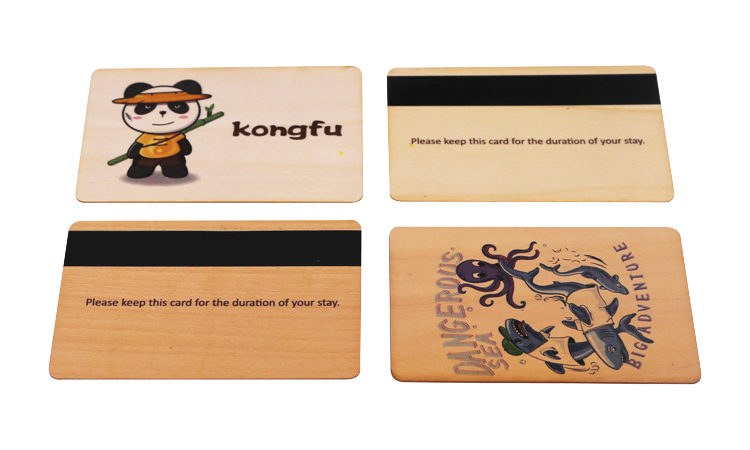
Wood is recognized as one of the most sustainable materials in the world. It produces very little pollution during the processing of wood. We can see this in the amount of CO2 emitted during manufacturing.
Wooden cards are the ideal alternative to PVC cards. This renewable material conveys the concern for renewable raw materials. We can use many wood card materials, such as bamboo, oak, walnut, etc. Cards made of different woods will give the user a different feel.
Wooden cards with magnetic stripes/RFID are extremely environmentally friendly. Wood also consumes relatively little energy to process compared to other materials. In addition, wood has pleasant visual, tactile, and olfactory properties.
PLA/Grains Card

What you need to learn is what PLA is called. PLA, whose full name is polylactic acid, is a polymer made from renewable resources. Our common corn starch, sugar cane, and tapioca roots are all raw materials for PLA production.
PLA cards are a great alternative to environmentally conscious businesses’ daily use. PLA cards are better than traditional petroleum-based PVC cards. PLA cards require less energy to produce greenhouse gases in the manufacturing process. PLA cards do not produce toxins during incineration, and the raw materials used in these cards are biodegradable.
PLA cards are made from raw materials produced in the soil and atmosphere. Therefore it is environmentally friendly. In addition, PLA card has high durability and longevity.
PETG Card
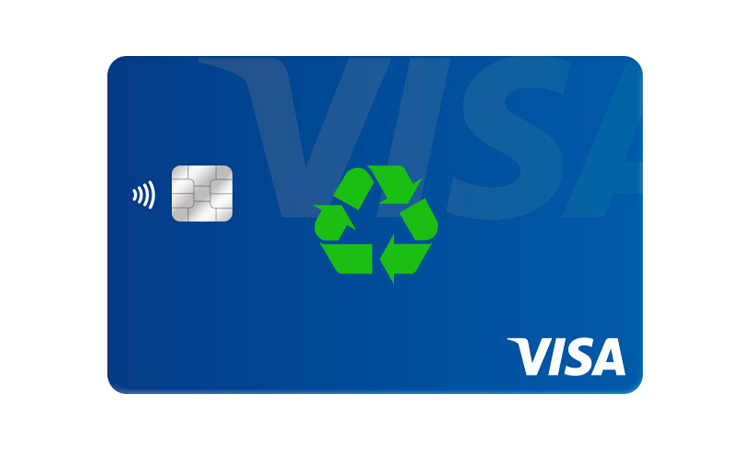
PETG is a non-crystalline copolyester that replaces polyvinyl chloride material. It means that it contains the same chemical elements as paper. They both contain carbon, hydrogen, and oxygen. They are both biodegradable plastics. Products from this PETG material turn into water and carbon dioxide when thrown away. The PETG board base material is made of environmentally friendly materials. Therefore it also meets food contact management requirements.
There are many products that we can make from PETG material. Commonly, outdoor signs, storage shelves, and some architectural decorations are made of PETG.
PETG cards are widely used in the credit card field. Visa is known to be one of the largest credit card companies in the world. The credit cards they produce are made of PETG material. You also demonstrate the usability of the material according to their test results. PETG meets all requirements of the international standard for credit cards (150/IEC7810).
Cardboard Cards
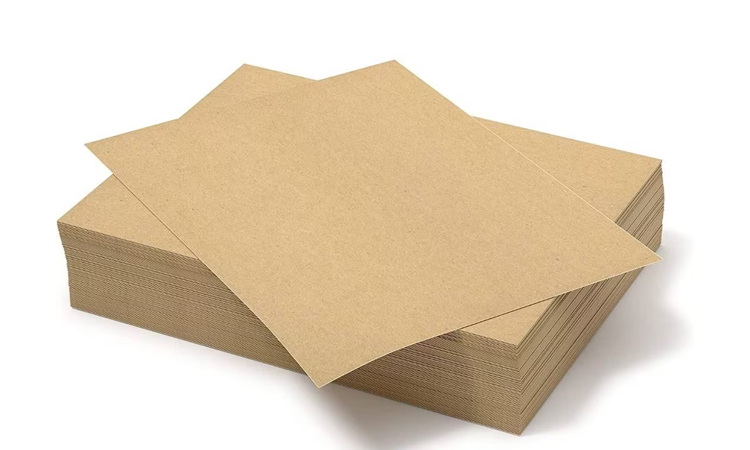
Recycled cardboard cards are one of the eco-friendly gift card options. Whether the cards are made from recycled paper or cardboard, they help protect the environment.
This board of eco-friendly paper cards can also replace wooden and plastic pallets. You can use it for export-loading containers. Cardboard cards can also be used with a magnetic strip as a magnetic stripe card.
Recycled PVC Cards
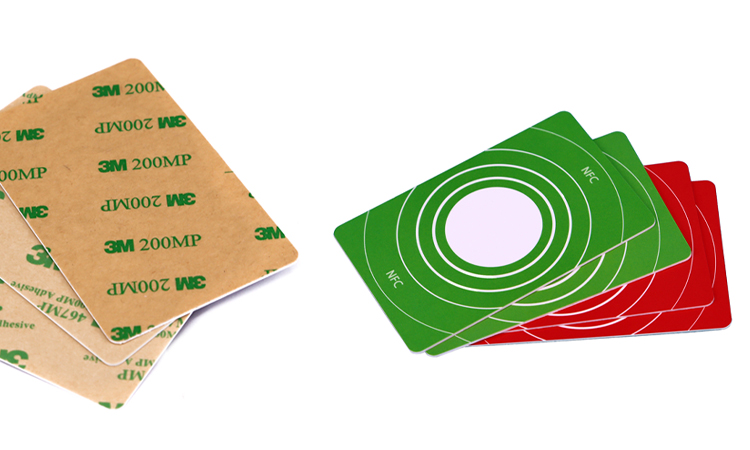
PVC is short for polyvinyl chloride material. Most of the smart visual cards in our life are made from PVC as the raw material. Since PVC has strong stability, microorganisms are difficult to degrade it. Therefore we can reuse these PVC cards that are no longer usable by businesses by recycling and processing them.
The use of sustainable recycled PVC cards reduces unfriendly emissions and landfills. Likewise, you can contribute to the protection of the environment.
These recycled PVC cards have the same print quality and durability as regular PVC cards. Using contact, contactless (RFID), and dual-interface technologies, you can also make new PVC cards. Of course, these cards are not infinitely reusable. Recycled PVC cards can be reprocessed up to 8 times. There is also no loss of material quality during the processing process.
Ocean Card
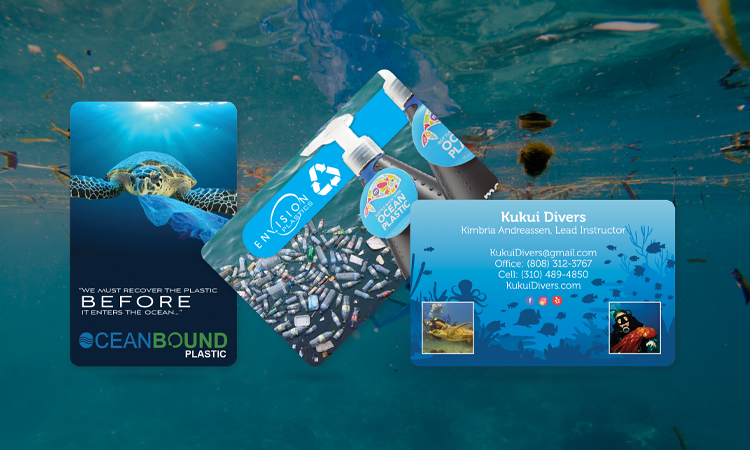
94% of the plastic waste in the ocean eventually settles on the ocean floor. According to statistics, more than 10 million tons of plastic waste accumulates in the ocean annually. We need to protect our homeland. I highly recommend using these cards from recycled plastic waste from the ocean. In addition, reducing the production of new PVC cards also helps reduce CO2 emissions. After all, carbon dioxide is the cause of the greenhouse effect.
These cards made from plastic waste from the sea are the same quality as regular plastic cards. You can use it to print individually. You can also use it to create as many cards as you want. Whether it is a business card or an access card.
Sustainability is not only a trend but a scientifically based idea. The use of biodegradable products has important implications for us. Consider these eco-friendly cards if you’re struggling with the materials used to make your cards.
About Biodegradable Products Problem
-
What are biodegradable products, and how do they differ from non-biodegradable products?
Biodegradable products are made from materials that can be broken down naturally by microorganisms and other biological processes. In contrast, non-biodegradable products do not break down and can persist in the environment for many years.
-
What are some common materials used to make biodegradable products?
Common materials used to make biodegradable products include plant-based materials such as cornstarch, sugarcane, and bamboo and biodegradable plastics made from polylactic acid (PLA), polyhydroxyalkanoates (PHAs), or other biopolymers.
-
What are the environmental benefits of using biodegradable products?
Biodegradable products can be more expensive than non-biodegradable products due to the higher cost of materials and production processes. However, as demand for biodegradable products increases and production processes become more efficient, the cost will likely decrease over time.
-
Are biodegradable products more expensive than non-biodegradable products?
The environmental benefits of using biodegradable products include reduced waste and litter, decreased dependence on non-renewable resources, and reduced greenhouse gas emissions associated with manufacturing and disposal. Additionally, biodegradable products can help reduce the amount of plastic waste in oceans and other natural areas, which can harm wildlife and ecosystems.
-
How long does it take for biodegradable products to break down in the environment?
The time it takes for biodegradable products to break down in the environment can vary depending on the specific material and environmental conditions. Some biodegradable products can break down in weeks or months, while others may take years. You must follow proper disposal methods to ensure the products break down properly.
-
Are biodegradable products safe for use in food packaging and other applications?
Biodegradable products can be safe for food packaging and other applications, ensuring they meet safety and quality standards. Some biodegradable products may contain additives or chemicals that can leach into food or the environment, so choosing products tested and certified for safety is essential.
-
What are some challenges associated with the production and disposal of biodegradable products?
Some challenges associated with the production and disposal of biodegradable products include higher production costs, difficulty differentiating between biodegradable and non-biodegradable products, and the need for proper disposal methods to ensure that the products can break down properly. Additionally, some biodegradable products may not break down properly if they are disposed of in landfills, where there is limited oxygen and other conditions necessary for biodegradation to occur.
-
Can biodegradable products be recycled or composted after use?
Biodegradable products can often be composted or recycled after use, but you need to check with local recycling or composting facilities to ensure proper disposal methods. Some biodegradable products may not be suitable for home composting due to the specific conditions required for biodegradation to occur.
-
How can consumers identify and choose biodegradable products?
Consumers can identify and choose biodegradable products by looking for labels or certifications such as the Biodegradable Products Institute (BPI), the USDA Certified Biobased Product label, or the European Bioplastics Association (EUBP). These labels indicate that the product has been tested and certified to meet certain biodegradability and environmental sustainability standards.
-
What are the regulations and certifications for biodegradable products, and how can consumers ensure that products meet these requirements?
Regulations and certifications for biodegradable products vary by country and region, and you must research the specific requirements in your area. Additionally, some products may be marketed as “biodegradable” or “compostable” without meeting the necessary standards. So, it is important to look for third-party certifications and do your own research to ensure that the products you choose are truly biodegradable and environmentally friendly.







